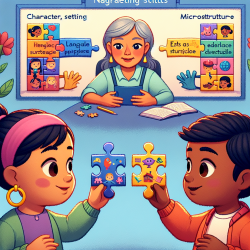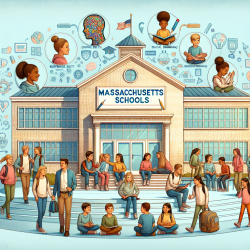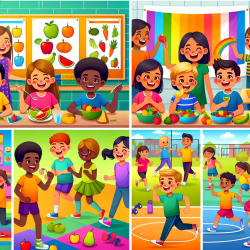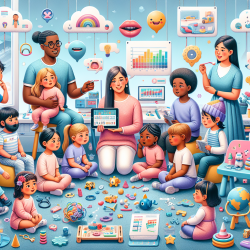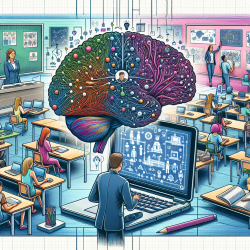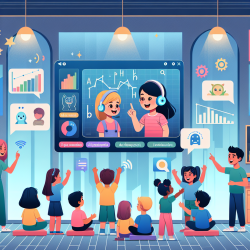The ability to produce well-structured, coherent, and informative narratives is crucial for children's linguistic development. Recent research titled "Story telling in bilingual Urdu-Cantonese ethnic minority children: Macrostructure and its relation to microstructural linguistic skills" sheds light on the relationship between macrostructural and microstructural linguistic skills in bilingual children. This blog aims to help practitioners improve their skills by implementing the outcomes of this research.
Key Findings
The study examined 24 bilingual Urdu-Cantonese children using the Multilingual Assessment Instrument for Narratives (MAIN). Three macrostructure components were assessed: Story Structure (SS), Story Complexity (SC), and Internal State Terms (IST). Four microstructural measures were also analyzed: Number of Different Words (NDW), Mean Length of Communication Units (MLCU), Proportion of Grammatical Communication Units (Gproportion), and Proportion of Correct Connectives (Cproportion).
- NDW as a Consistent Predictor: NDW emerged as a highly significant positive predictor of SS, SC, and IST in both languages.
- Language-Specific Experience: IST scores were higher in L2 Cantonese than L1 Urdu, likely due to language-specific experiences in school settings.
- Syntactic Complexity: MLCU was a significant predictor of SS in L1 Urdu, while Cproportion was a significant predictor of SC in L2 Cantonese.
Practical Applications
Practitioners can apply these findings to improve narrative skills in bilingual children:
- Focus on Lexical Diversity: Enhance children's vocabulary diversity (NDW) to improve all three macrostructure components.
- Context-Specific Training: Recognize the importance of language-specific experiences and incorporate them into training programs.
- Syntactic Training: Develop syntactic complexity through activities that encourage the use of longer communication units and correct connectives.
By understanding the relationship between macrostructure and microstructure, practitioners can better assess and support bilingual children's narrative development.
To read the original research paper, please follow this link: Story telling in bilingual Urdu-Cantonese ethnic minority children: Macrostructure and its relation to microstructural linguistic skills.
